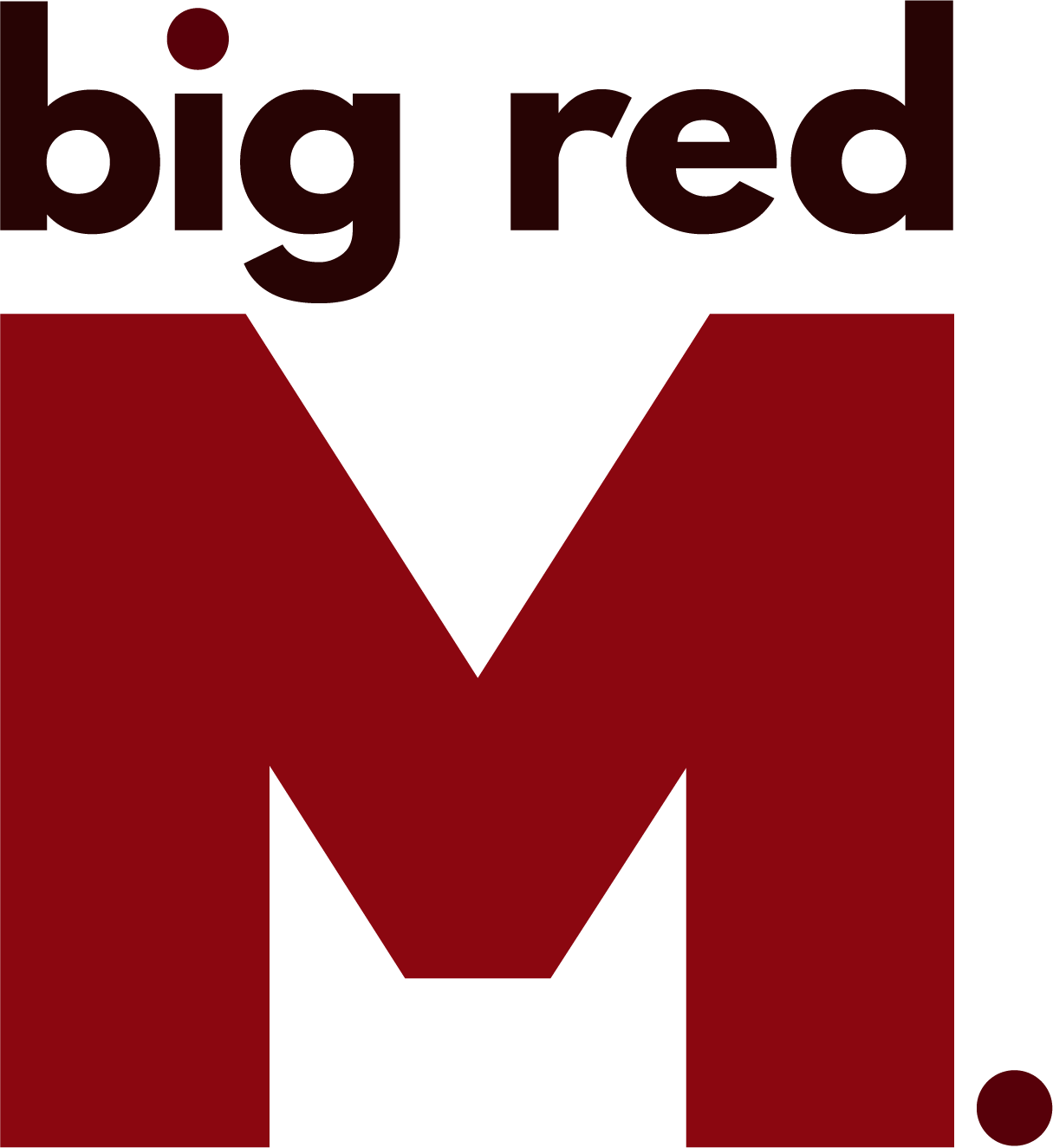Original Author: JP Moery
Has this scenario happened to your association?
It’s the fourth quarter, and you didn’t reach your association membership goals. Membership numbers are either flat or slightly less than last year. Leadership declares an aggressive goal of doubling membership next year. That’s realistic—if your membership list ends at two! If the membership roll has been steady at about 2,000 for the last three years, well, we have a problem.
What about this scenario?
A new chairman of the board comes in and wants to make an immediate impact. Full of bravado, he declares a new membership goal of 20,000 in three years. The current membership stands at slightly more than 4,000. The most members ever added in one year was 500, five years before COVID. Staff and association volunteers skeptically shake their heads. How is this possibly going to happen?
Or, how about this scenario?
The new membership director has some great ideas and immediately goes to work to implement them. Within six months, membership numbers increase significantly; however, the association’s infrastructure (small staff and outdated technology) isn’t ready to handle the influx. Member complaints have started coming in, and a new level of stress bogs down the system, negatively affecting staff morale.
Unfortunately, any of the three previous scenarios are more common than one would hope.
Brainstorming Realistic Association Membership Goals
To set realistic future expectations, you must look at where you are now from the rearview mirror.
First, look at how many new members the association has enrolled on average during the last three to five years. THIS is your starting point calculation. This number is probably what current sales, marketing, and operations can handle without too much stress and additional resources. For example, if the association has adroitly enrolled 500 additional members annually during the last three years while maintaining an average 85 percent membership renewal rate, this is your starting point calculation.
Next, bring the association stakeholders together to brainstorm goal ideas. This can be tricky. Strong, vocal personalities can dominate such a meeting, leaving possible good ideas unheard or with little oxygen to ignite. One solution is to have stakeholders write ideas on slips of paper beforehand to be randomly drawn and discussed.
Brainstorming sessions should ask the following questions:
- What are we trying to accomplish?
- What are the key challenges the association is trying to solve?
- What have recent membership surveys revealed?
As goals take shape, spend considerable time discovering what assets, budget, and bandwidth are needed to reach these goals. Be honest at this point. Lack of staffing, current employee skills, and older technology may be roadblocks to achieving success.
Two Rules of Thumb to Live by In Goal Setting
The typical business growth goal is 10 percent. Likewise, increasing new memberships by 10 percent is a good growth goal for associations, with a stretch goal of 11 to 19 percent being occasionally achievable. For those unfamiliar with the term, a stretch goal is a high-effort, inspirational goal intentionally set above normal goal expectations and not anticipated to be consistently achieved.
Going back to our scenarios at the top of the article, having a “stretch” goal of 25, 50, or 100 percent is ill-advised, reckless, and can be highly demoralizing to association staff and volunteers. Also, setting such an audacious stretch goal reflects questionably about leadership capabilities.
For membership renewal, 80 percent is the average membership renewal rate. Consistent annual renewal rates of more than 90 percent are considered exceptional.
Use this simple formula to calculate renewal rates:
# of Renewals ÷ Eligible Members = Renewal Rate
Typically, the number of members equals the number of billing accounts. If you have a tiered dues structure, calculate each level separately, and plug it into the formula.
Using the SMART Approach to Goal Setting
The SMART approach is a widely accepted framework for goal setting. Organizations and businesses use SMART to articulate ideas and establish clear, manageable, and achievable goals. Setting SMART goals is a helpful tool in obtaining board approval.
SMART is an acronym that requires each goal to be:
- Specific – Goals should pinpoint what you want to accomplish. The more specific you can be in your goal setting, the greater your chance of achieving the desired outcome.
- Measurable – You need to know how and if you’re progressing toward your goal and to know when you’ve achieved it. Just remember that if you can’t measure progress toward your goal, you can’t prove that you’re making progress, nor can you make changes along the way when needed.
- Achievable – While it’s important to strive toward great things, goals should be realistic. Make sure the goals are attainable with the resources and time available.
- Relevant – Make sure your goal is relevant to your project and aligns with other relevant goals.
- Time-bound – A goal without a deadline makes it almost impossible to reach it, so it must include a target completion date. Only group consensus can change a target date if necessary.
Here’s a great link on how to write SMART goals.
Conclusion
Goals are essential to an association’s success. Goals need quantifiable (measurable) targets but should be more than just an ambitious set of numbers. This is where stakeholder brainstorming comes in. A smart target number factors the association membership goals, market, and mission into the equation.
Need help with setting 2023 membership goals? Let us know, we are here to help!
